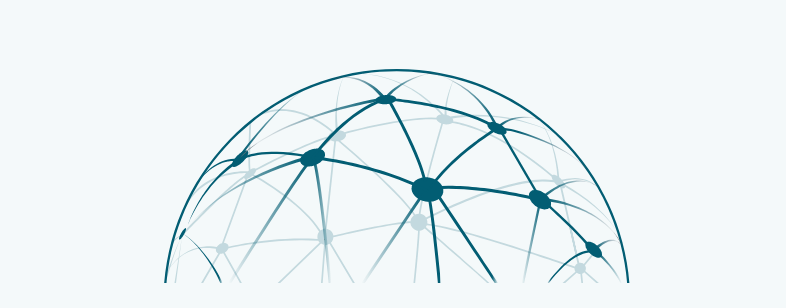Network platforms: a new concept for a new age
We talk exclusively to Mark Buitenhek, global head ING transaction services, and Daniel Cotti, CFO at TradeIX, both members of the Marco Polo Network, about its benefits and what lies beneath.

“It is creating a better customer experience and seamless data integration”
The value of platforms as an enabler to customers wanting to access a full range of services is clear. A new network of platforms, the Marco Polo Network, takes the concept one step further within transaction banking.
Marco Polo is a network of bank platforms connected to their corporate clients via ERP trade and working capital finance applications, explains Buitenhek.
The network offers benefits to all stakeholders in the trade finance market – It enables both banks and clients to expand their global trade ecosystem and – most importantly – to improve client experience.
“It is creating a better customer experience and seamless data integration. It also reduces cost, time and risk by integrating receivables, payables and inventory information data directly from the ERP System with the financial institution,” says Buitenhek.
He comments: “Marco Polo offers end-to-end trade and working capital finance applications within the ERP environment and integrates multiple different trade finance programmes and products. It will expand the market and trade footprint by connecting the trade ecosystem with the interoperability of the network.”
TradeIX acts as Marco Polo’s technology provider, and Cotti explains: “This is not just a single platform is it a network of platforms that allows for almost endless engagement with the market. It is unusual and unique in the marketplace. Instead of a corporate being limited to the connections on their bank’s own platform they can, via the bank’s platform link to the Marco Polo Network, access numerous other platforms with their own specialties and ecosystems.”
It essentially empowers open account solutions, which are based on trust. Buitenhek says that close to 85-90% of trade is done on open account. “With the Marco Polo Network, ING wants to simplify and ease the execution of open account trade and at the same time mitigate the risk our buyers and sellers.”
Under the hood
But what lies beneath? Cotti explains: “The Marco Polo Network leverages APIs and blockchain technology. This includes a robust suite of trade specific APIs and technology tools, applications, a sophisticated rules engine, and an open, standard core infrastructure for trade data, contracts, and transactions on three principles: transparency, security and openness.”
ERP in particular works well in this context and the distributed ledger allows buyers and sellers who don’t fully know or trust each other to come to consensus about the existence, nature and evolution of a set of shared facts without having to rely on a fully trusted centralised third party. This helps simplifying the complexity of trade finance.”
The blockchain capability too adds to the appeal of the Marco Polo Network. “Based on Corda Enterprise from R3, the Marco Polo Network will increase efficiency, end-to-end visibility, allow enhanced (tailored to the lifecycle of the trade) financing with an accelerated transaction cycle. Corda will allow easier go-to-market access. For the trade finance industry it will be a game changer, but it takes time before it will really unlock the mass scale value we are looking for,” says Buitenhek.
“The ERP-embedded Working Capital Finance App basically provides an invisible link to intelligently work with various banking platforms. Essentially, it’s a platform having trade intel inside. It is unique in bringing everything together and creating a future proof environment of connectivity and seamless connections,” summarises Cotti.
By Alison Ebbage, editorial contributor to FinTech Futures
Click here to see more of what’s going on at Sibos, including our flagship Daily News at Sibos editions.
Follow us on Twitter @DailyNewsSibos












































